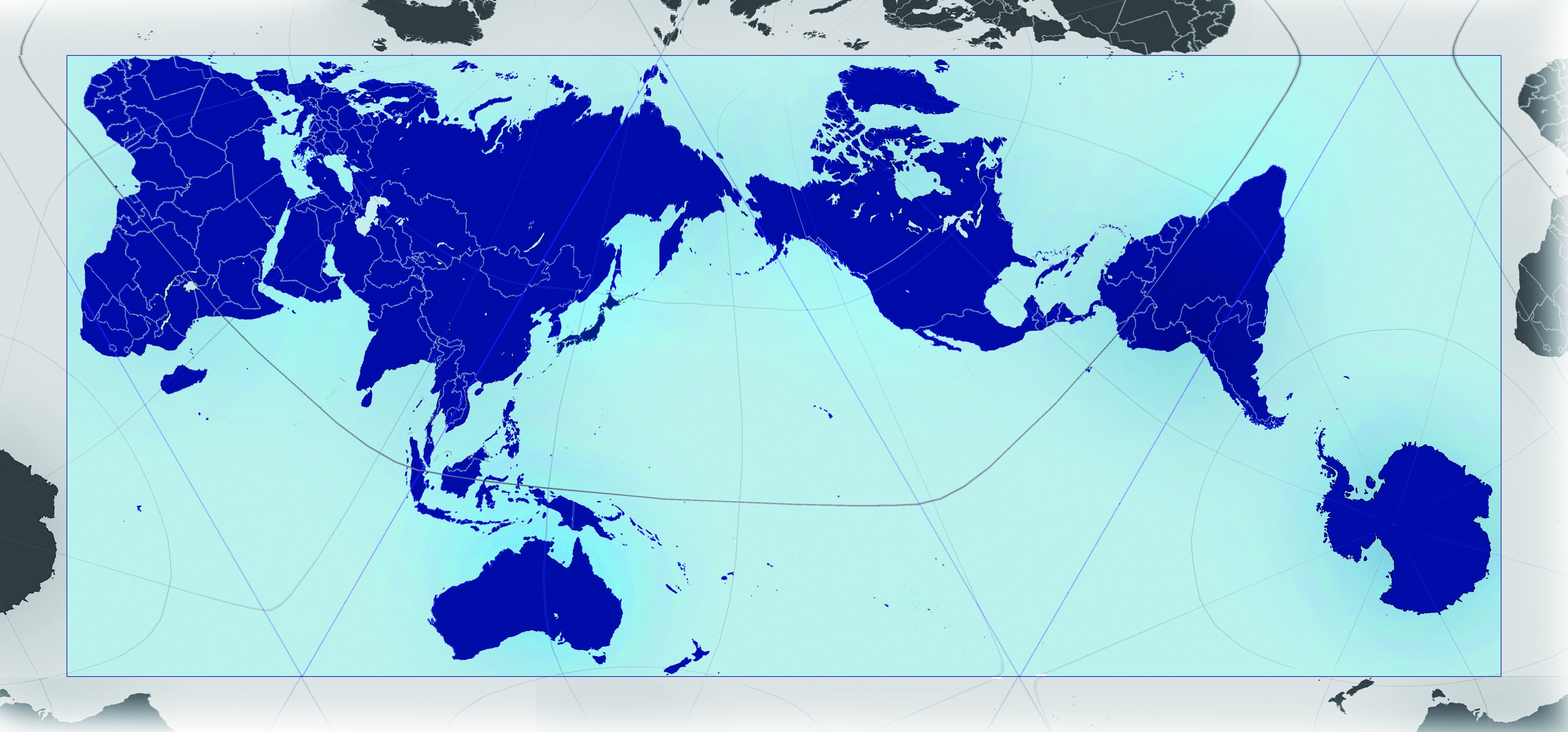In today's wired world, it's easy to learn about issues anywhere that might affect us or be of interest. So news of a disaster, for example, can be instantly transmitted, shared and discussed by people wherever they might be.
In this global village, though, few people seem to question the image of the physical world that they have in their heads — most commonly, a world map that uses the Mercator projection.
Named after geographer Gerardus Mercator, who was from a part of Flanders in present-day Belgium, the two-dimensional view of the world he revealed in 1569 has been the dominant image people have had of the planet ever since.



